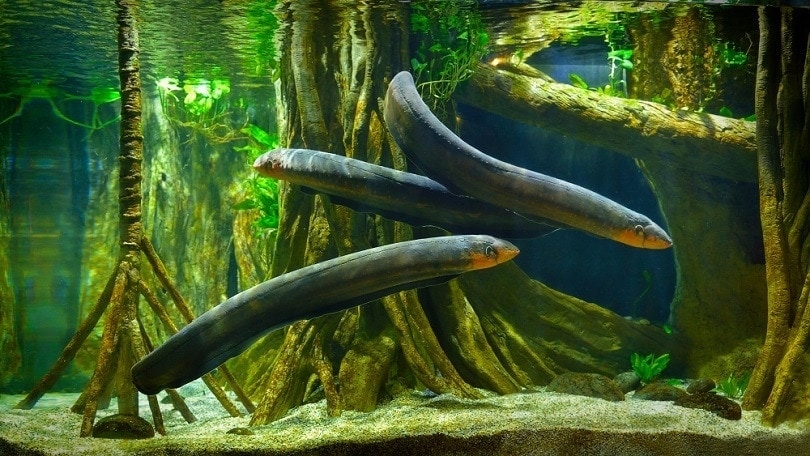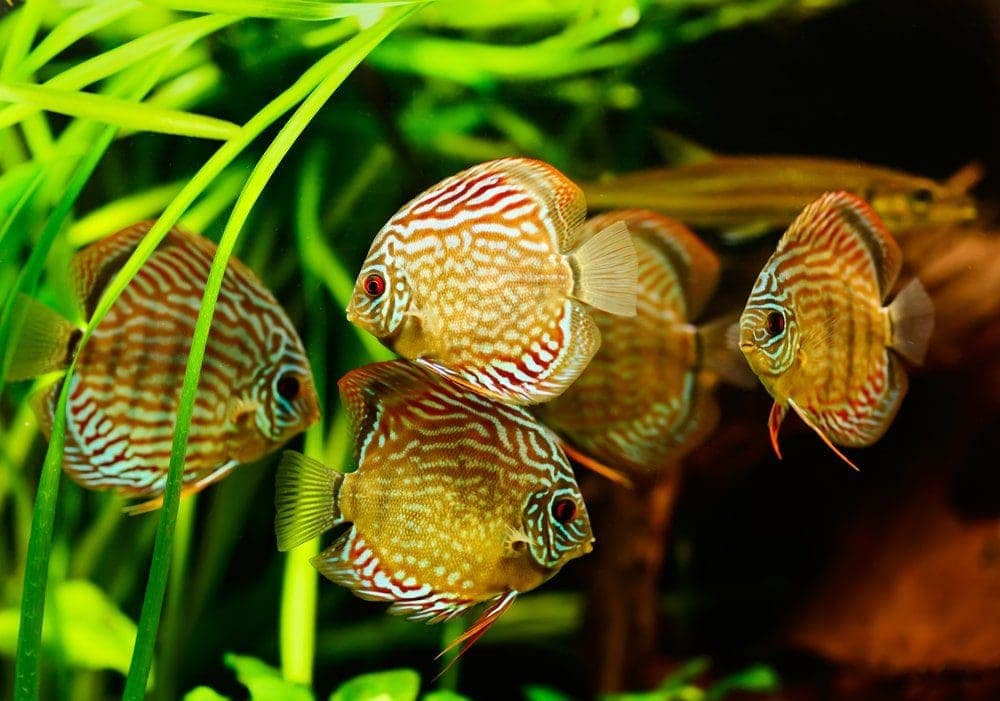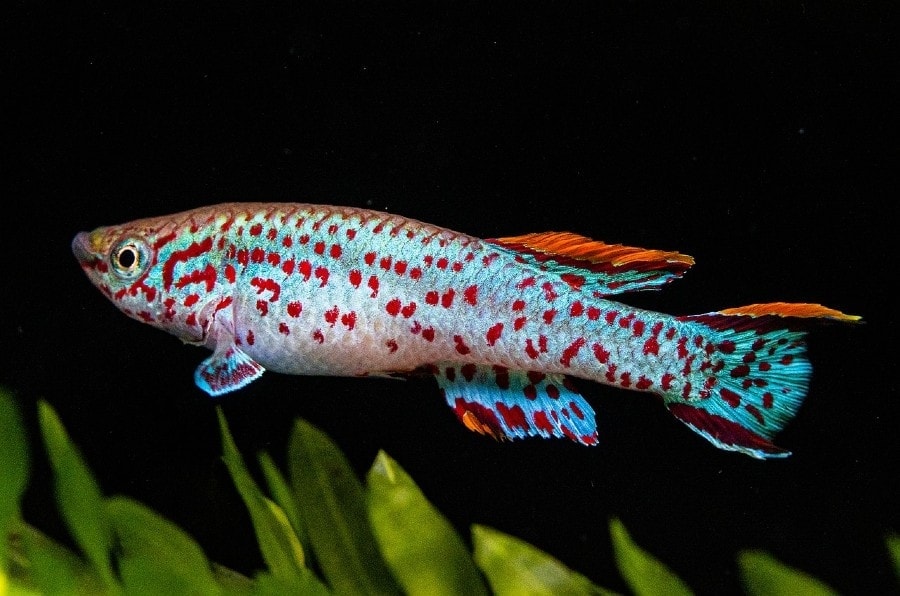How to Raise KH in an Aquarium: 5 Methods & Tips

Updated on
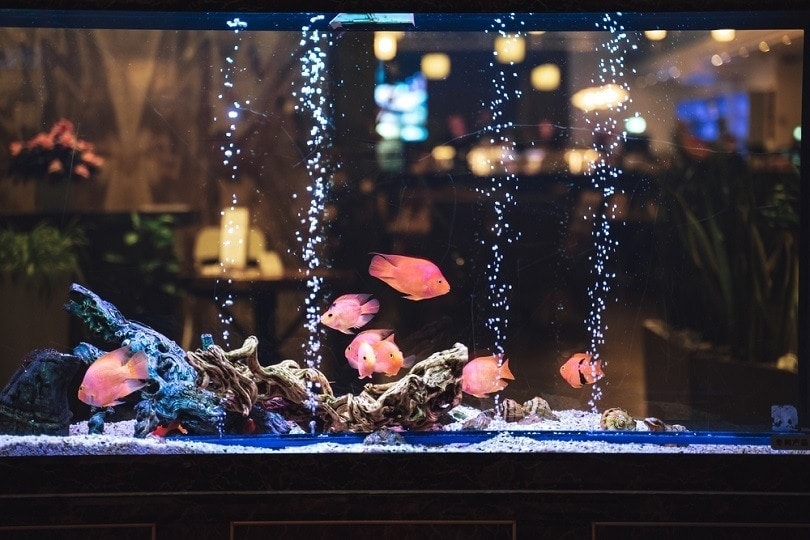
Whether you’re setting up a new aquarium or trying to get the chemical balances under control for an existing tank, there’s a ton of information to sort through. You don’t want to spend a ton of time and money trying to figure it out, which is why you need a helping hand to walk you through everything.
It’s an important process, which is why we took the time to walk you through a few different ways you can safely and quickly raise the KH level in an aquarium.
The 5 Methods to Raisie KH Levels in Your Aquarium
You’re here to learn how to raise the KH level in your aquarium, so let’s jump straight into it! We’ve highlighted five different ways you can raise the KH level in your aquarium for you here:
1. Complete a Water Change
One of the easiest ways you can raise the KH level in your aquarium is to complete a water change. You want to change about 1/3 to a ¼ of the water at a time, and don’t complete more than one water change a week.
This method will usually work because the KH levels in the tap water at your home are high enough to balance out the aquarium and get it where it needs to be.

2. Use an Alkalinity Buffer
If the tap water in your area doesn’t have an adequate KH level or if you don’t want to complete the necessary water changes, an alkalinity buffer is a great choice. Alkalinity buffers are commercial products you can purchase specifically to adjust the chemical levels in your tank.
When using an alkalinity buffer, follow the directions closely. Otherwise, you can throw off the chemical balances of the tank.
3. Add Crushed Coral
Crushed coral is a substrate that can quickly raise the KH level of an aquarium. Crushed coral mixed with aragonite is even more effective, but even crushed coral without aragonite is extremely effective at raising the KH level of the aquarium.
4. Add the Right Substrate
Some substrates naturally raise the KH levels of an aquarium. This process usually takes a few weeks (somewhere between 2 and 10 weeks), but the carbonate hardness should increase for you eventually.
Popular substrates to increase the KH level of your aquarium include limestone, dolomite, or aragonite. This is the slowest method on our list, but it’s still very effective.
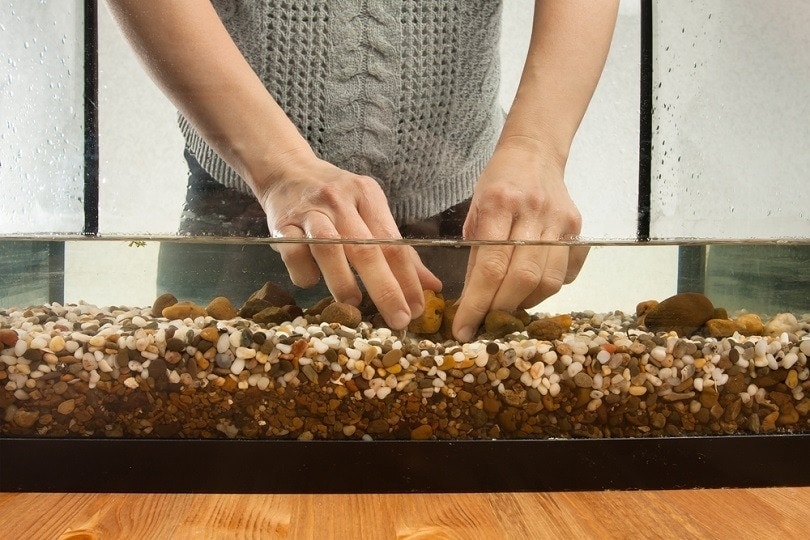
5. Add Potassium Bicarbonate
If you have live plants in your aquarium, adding some potassium bicarbonate to the tank might be a great way to raise the KH level of your tank while fertilizing the plants at the same time. Start with small doses of potassium bicarbonate and test the water frequently to monitor the effects.
What Is Aquarium KH?
Before you go and raise the KH level of your aquarium, you need to have a thorough understanding of what everything is and how it works together, and this all starts with understanding what KH is.
KH is also known as carbonate hardness, and it measures the concentration of dissolved carbonates and bicarbonates in the water. The carbonates and bicarbonates resist pH fluctuations in the tank, making it easier for your fish to live there.
With KH levels that are too low, the pH levels can quickly swing to unsafe levels and sicken or even kill your fish!
Aquarium KH vs. GH
Aquarium KH and aquarium GH are two very similar yet unique water parameters. While KH refers to the water’s carbonate and bicarbonate concentration levels, GH measures the concentration of dissolved salts like magnesium and calcium in the water.
One reason these two measurements often get mixed up with each other is the fact that the measurements are often similar. KH and GH measurements often go hand in hand, but you don’t want to just assume this is the case with your aquarium.
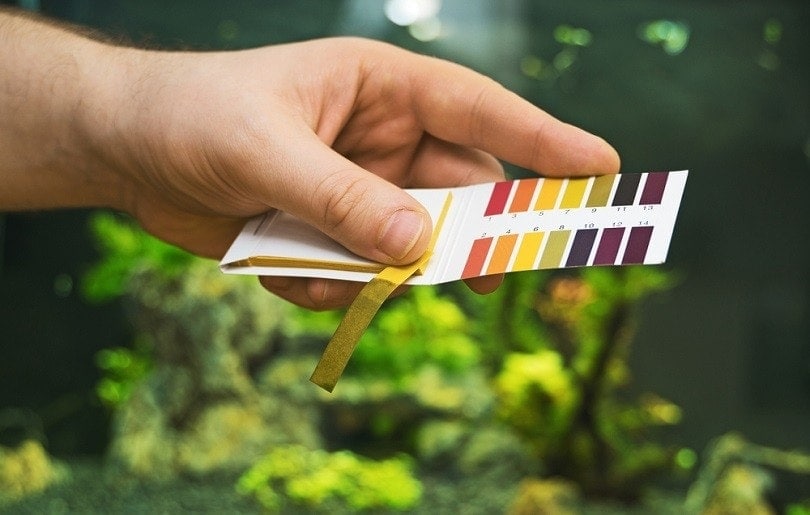
Testing Aquarium KH
If you’re trying to get an accurate KH measurement for your tank, you need to get a KH-specific water testing kit. You’ll want to follow the directions on the kit to measure the KH level of the aquarium.
Not only that, but if you’re planning on using the water change method to raise the KH level of your aquarium, you need to test that water too. If you’re trying to raise the KH level to something higher than the KH level of the tap water, it’s not going to work!
What Aquarium KH Do You Want?
The answer to this all depends on what kind of fish you put in your aquarium. A typical tropical fish tank needs a KH level between 4 and 8 dKH. However, for a shrimp tank, the KH level should be a little lower, ideally between 2 and 4 dKH.
On the other side of things, a cichlid tank should have a KH level between 10 and 12 dKH. Look up the type of fish you have in your tank and their ideal KH level for more specific results for your tank.

Final Thoughts
If you’re having a problem with low KH in your tank, now you know what to do to fix it! We recommend starting with water changes, but if that can’t get the KH level to where you need it, an alkaline buffer should do the trick.
Just be careful when adding anything to the water because even small changes can have big unintended consequences!
See also:
- Goldfish vs Tropical Fish: Which Pet is Best for You? (With Pictures)
- Bristlenose Pleco: Care Guide, Size, Varieties & Lifespan
Featured Image Credit: sebastianpictures, Shutterstock


